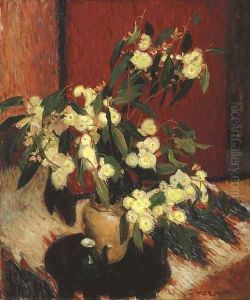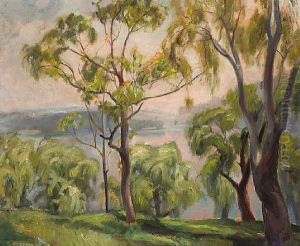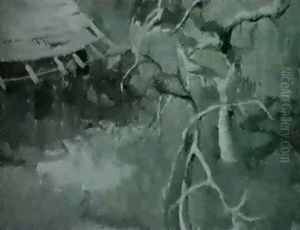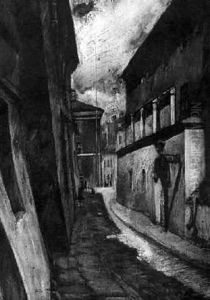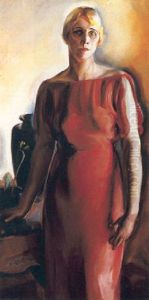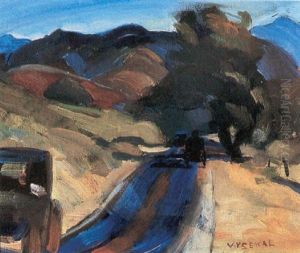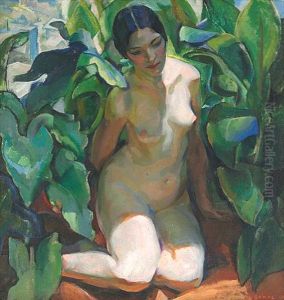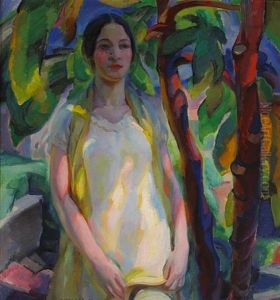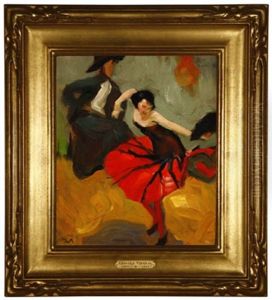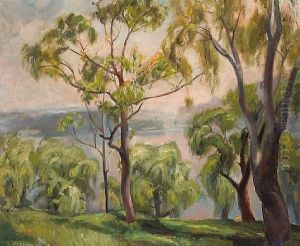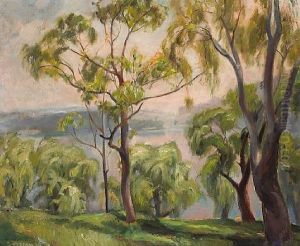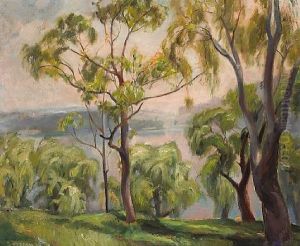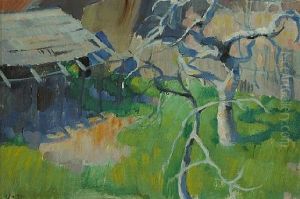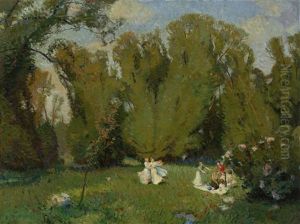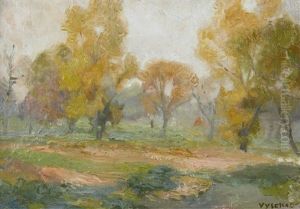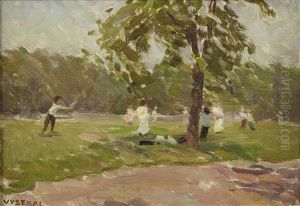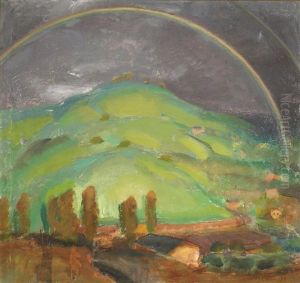Edouard Vysekal Paintings
Edouard Vysekal was a notable Czech-American painter, recognized for his significant contributions to the early 20th-century art scene in Southern California. Born in Kutná Hora, in what is now the Czech Republic, on September 17, 1890, Vysekal immigrated to the United States, where he would leave a lasting impact on the region’s artistic landscape. He initially settled in Chicago, where he attended the Art Institute of Chicago, one of the leading art institutions in the country. It was there that he honed his skills and developed his distinctive style, which would later evolve as he became immersed in the Californian art scene.
After completing his studies, Vysekal moved to Southern California in the 1910s, a period when the region was becoming a burgeoning hub for artists seeking new inspiration and opportunities. He quickly became an integral part of this vibrant community, contributing to its growth and gaining recognition for his work. Vysekal was known for his versatility across different genres, including portraiture, landscape, and still life, but he is perhaps best remembered for his involvement with the Modernist movement in California. His art often reflected an experimental approach, incorporating elements of Cubism and other avant-garde styles that were gaining popularity in Europe and America at the time.
Vysekal's contribution to the Southern California art scene was not limited to his own creations. Alongside his wife, Luvena Buchanan Vysekal, who was also an accomplished artist, he played a pivotal role in the establishment and success of several art organizations and exhibitions that provided platforms for local artists. He was a prominent member of the California Art Club and the Los Angeles Modern Art Society, among others. Through these associations, Vysekal advocated for the recognition and promotion of modern art in the region, helping to foster a supportive and dynamic community for artists.
His teaching career, particularly at the Otis Art Institute in Los Angeles, further solidified Vysekal's influence on the artistic landscape of Southern California. As an educator, he mentored a generation of artists, imparting his knowledge and enthusiasm for modern art techniques and theories. Vysekal's legacy is not only seen in his own artworks, which are held in various public and private collections, but also in the impact he had on his students and the broader art community.
Edouard Vysekal's life and career were cut short when he passed away on November 11, 1939, in Los Angeles. Despite his relatively brief career, his contributions to the art world, particularly in Southern California, have made him a respected figure in American art history. Vysekal's work continues to be celebrated for its innovation, technical skill, and the role it played in shaping the region's artistic identity during a pivotal period of growth and change.
